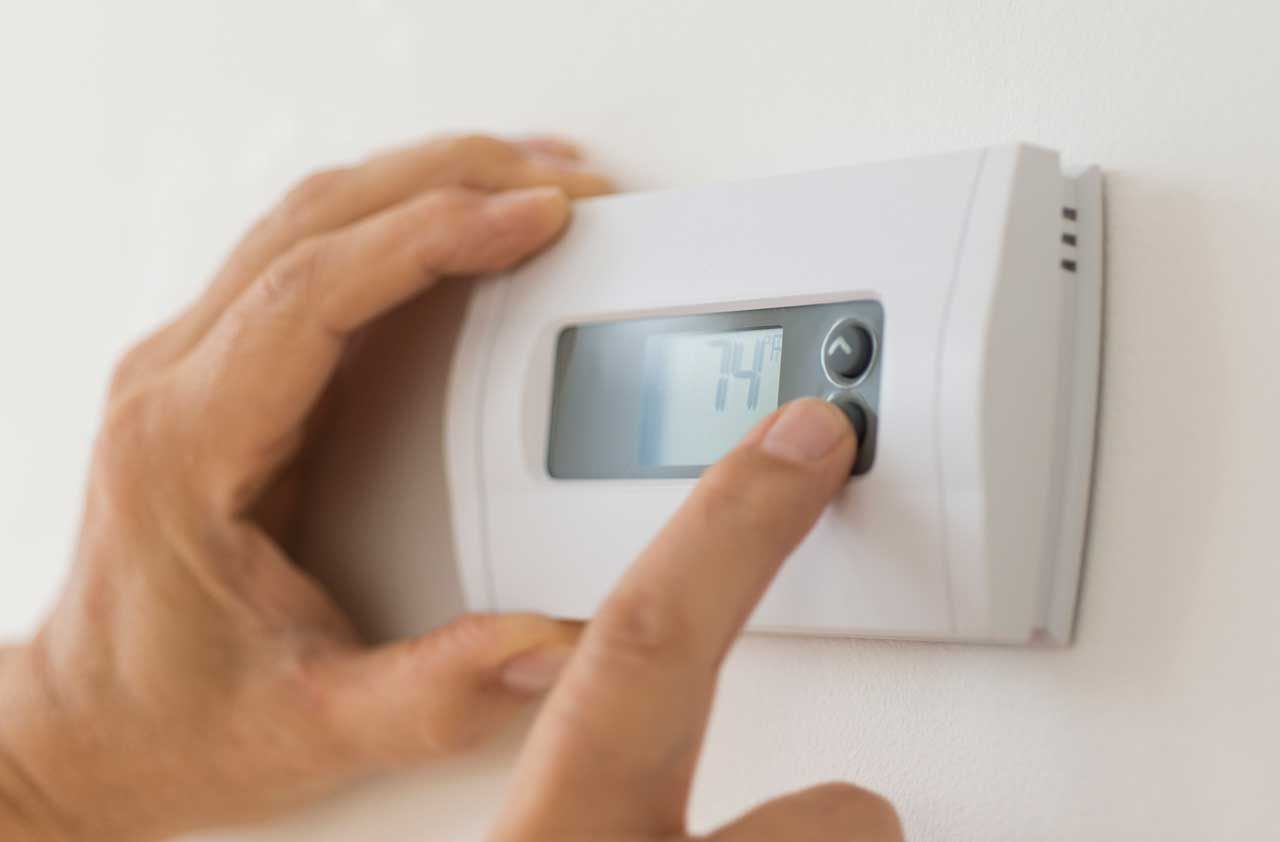
The U.S. Energy Information Administration projects winter natural gas costs to be around the same rates as last year. That said, electricity bills are continually increasing, rising on average 5.5% year over year due to increased drilling, data centers and weather variances forcing homes to consume more energy.
There's one easy way to slash your bills: Set your thermostat to the best temperature for the appropriate amount of time. To save money on heating, the Department of Energy recommends turning your thermostat from 68°F to 70°F while you're awake and 7-10 degrees lower when you're away from home.
Doing this can help you save up to 10% annually on your energy bills. Along with this, we'll explain whether it's efficient to turn your heat off and other energy-saving measures you should employ.
Will turning my heat off help with energy efficiency?
You may be wondering, however, if you’d be better off turning your heat off completely. In most cases, you’d be better off turning your heat down low than turning it off entirely.
According to Wired, leaving your heat running constantly at a low temperature is best. However, they warn that keeping specific rooms in your home very cold can “reduce the overall efficiency of your heating since those rooms will soak up warmth and make your boiler or heat pump work harder.”
Plus, if you live somewhere cold, turning the heat off all day probably isn’t suitable as it can cause your pipes to freeze and burst. Or maybe you work from home. Whatever the case, dropping your thermostat instead of turning it off completely can help significantly reduce your heating costs — in some cases by 10%. You'll also maximize your savings by ensuring your home is properly insulated and loses less heat.
Purchasing a smart thermostat is a great solution for keeping your home at the appropriate temperature. With a smart thermostat, you’ll be able to control your home’s temperature conveniently from your phone. This allows you to schedule different temperatures for different times of the day or to shut your heat off/on whenever you want, even if you're not at home.
Other ways to save on energy costs
- Do an energy audit — by making improvements identified in a home energy audit, you can save between 5% and 30% on your monthly energy bill. Tax credits for energy-efficient home improvements include the Energy Efficient Home Improvement Credit, which is equal to 30% of the costs for all eligible home improvements made during the year, and the High-Efficiency Electric Home Rebate Program, which offers $1,600 for insulation, air sealing, and ventilation. However, you should act fast, as the Energy Efficient Home Improvement Credit expires on December 31, 2025.
- Ensure your home has proper insulation, so it doesn't lose heat.
- Consider a heat pump for heating and cooling your home. A recent National Renewable Energy Lab (NREL) study found that heat pumps would lower energy bills for most Americans (62% to 95% of households, depending upon heat pump efficiency).
- Switch to LED lightbulbs — they use 75% less energy than incandescent/halogen lightbulbs.
- Consider whether solar panels could be an option for your property.
- Place your thermostat on an interior wall in a central area of your home for the best reading.
- If you live in a state with deregulated electricity, shop energy suppliers to find the lowest rates near you.
- Wash your clothes in cold water — this can cut your energy usage in half when doing laundry.
- Bundle up — wear warm clothes and use blankets to avoid turning up the heat.
- Use your dishwasher. Not only will washing your dishes in the dishwasher save you more time than handwashing them, but it'll also use less water and save energy. Overall, you'll save money by using the dishwasher vs. washing by hand.
Bottom line on whether you should keep your heat on all day
Overall, keeping your heat set to 68°F to 70°F during the day, and 7°F to 10°F lower when you're not home, is the best way to save on heating costs. Purchasing a smart thermostat gives you the option of controlling the heat in your home conveniently from your phone, helping you to save money on utility bills during cold spells.







